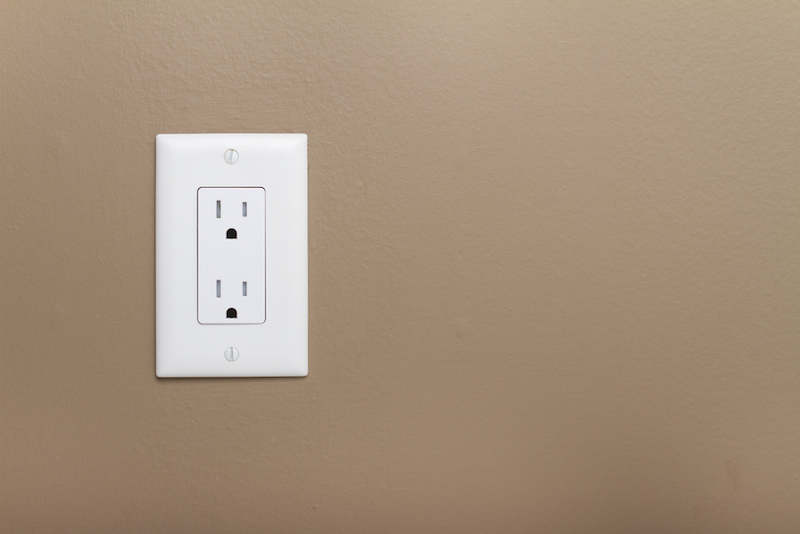If you have a wall outlet that has gone bad, do not panic. The problem is fixable and it won’t take an egregious amount of time or effort to remedy. Let’s take a look at exactly what you should do to troubleshoot a broken wall outlet.
Preliminary Steps
When an outlet dies, the problem is often much more simple than most assume. Even if you aren’t fully comfortable performing electrical work, you can still troubleshoot the problem and attempt a repair. It might not even require the use of any tools. Start by checking to see if any other outlets, appliances or lights are impacted. Flick the lights on and off. Test other outlets to ensure that they provide power. Unplug all appliances, lights and other machines from the dead outlets to verify that they aren’t causing an overload or a short.
Inspect the Breakers
Check to see if any circuit breakers have been tripped. If you aren’t sure where your home’s main electrical panel is, most are commonly located in the basement, garage, laundry room or by the electrical wires that enter the home. Be sure to turn off your home’s computers before flipping the circuit breakers on/off. Even if you do not spot a tripped breaker, go ahead and press the breakers to the “off” position. Then put them into the “on” position. If the breaker that tripped won’t reset without another trip, there might be a ground fault issue or a short circuit. Put the breaker in the off position until the problem is identified.
Inspect the GFCIs
Perhaps a ground fault circuit interrupter (GFCI) circuit breaker is up on the main panel. If this type of breaker does not protect the home’s exterior and bathroom outlets, it must be reset. GFCIs are located in the home’s kitchen, basement, bathroom, garage and exterior. Test each GFCI in the home and reset it. If the reset button fails to pop out when “test” is pressed, power might not flow to the GFCI or it could have gone bad. If the reset button keeps tripping when pressed, there might be a leak on the circuit.
Look for a bad Connection
A loose wire within the wire connector can result in a dead outlet. Grab a flashlight and switch off the main circuit breaker. Remove the outlet from its box and inspect it for loose connections. Types of loose connections include loose wires at wire connectors, loose terminal screws and loose stab-in connections. Pull on the wire connector’s wires to see if there are any loose ones. If you pinpoint a loose wire, take it out of the connector. Strip and cut the wires within the bundle so that a half inch of fresh copper wire is exposed.
If you do not spot any loose connections, a charred outlet or melted wires caused by the heat produced by a loose connection, do not give up. Take a closer look at each connection by lightly bending the wires to see if they move beneath the screw. A lack of loose connections in the dead outlet should also prompt you to inspect other outlets that are located near the one that has died. Check each of those for a loose connection.
Once you are finished looking for faulty connections and attempting repairs, go ahead and re-install the outlet. Then turn the main circuit breaker on and test the outlet to determine if the problem is solved. If the outlet is still dead, do not hesitate to reach out to a professional electrician for assistance.


